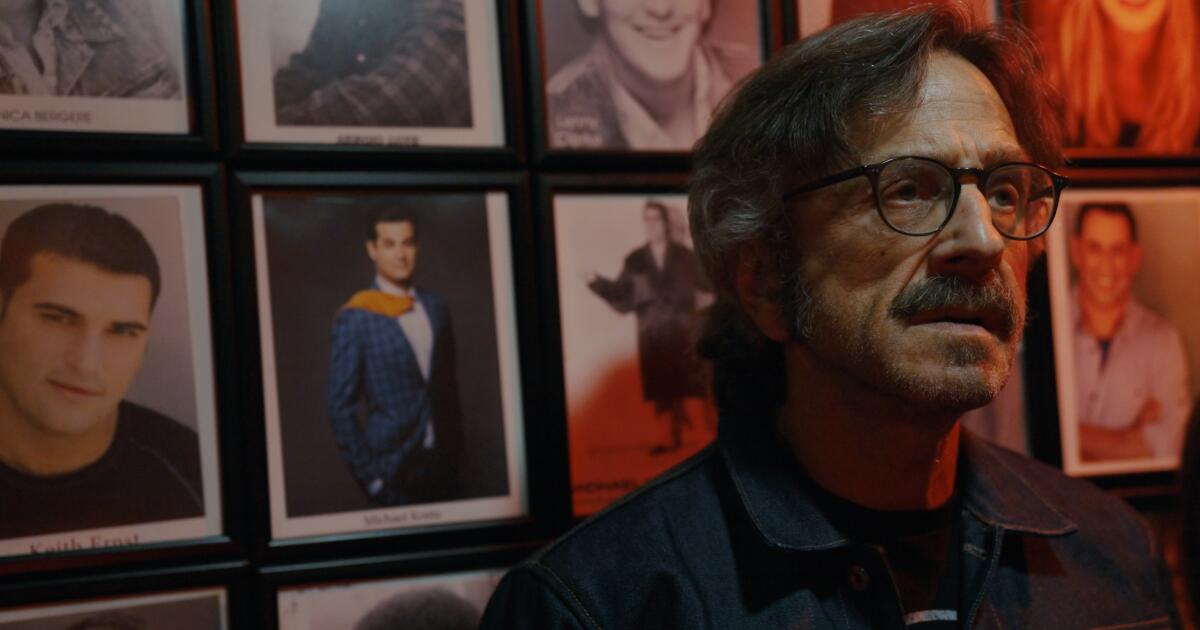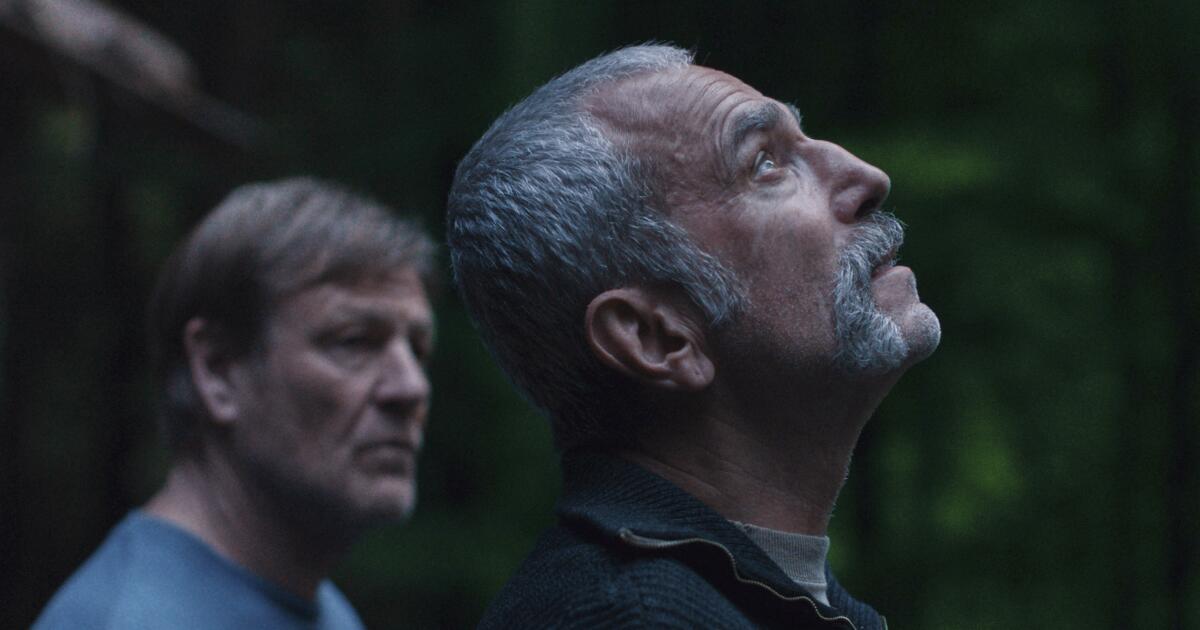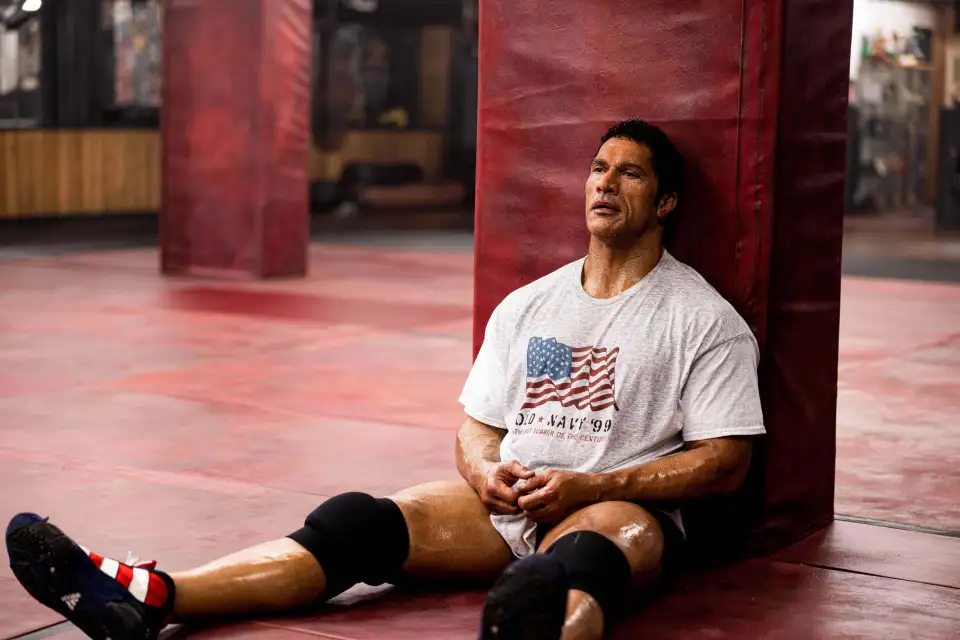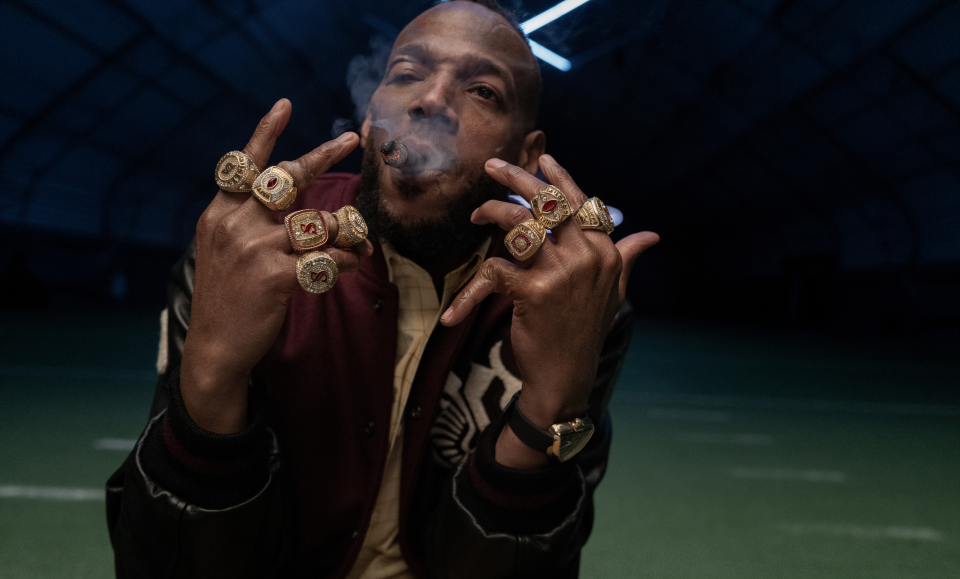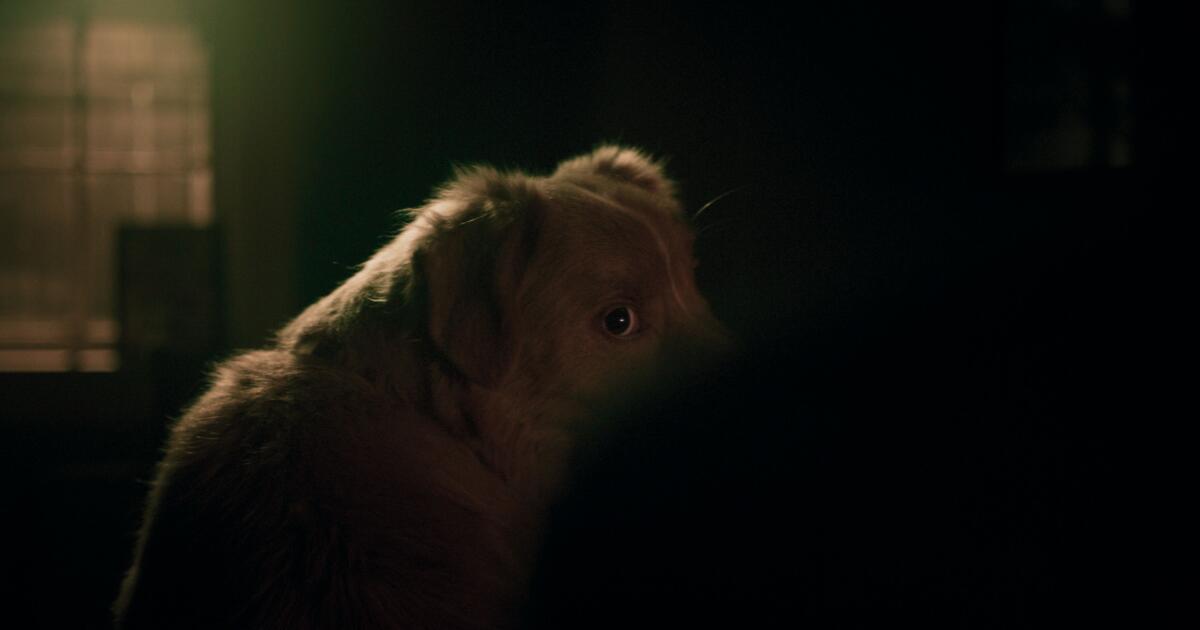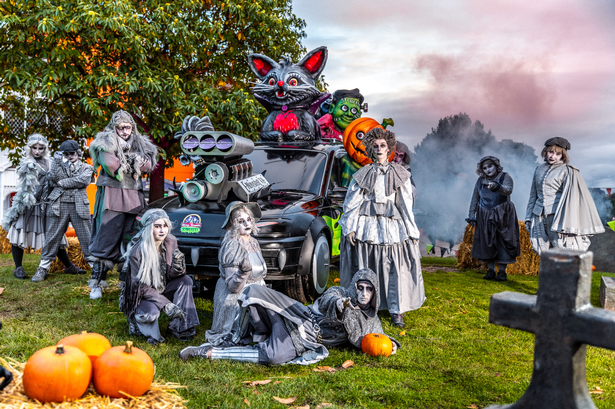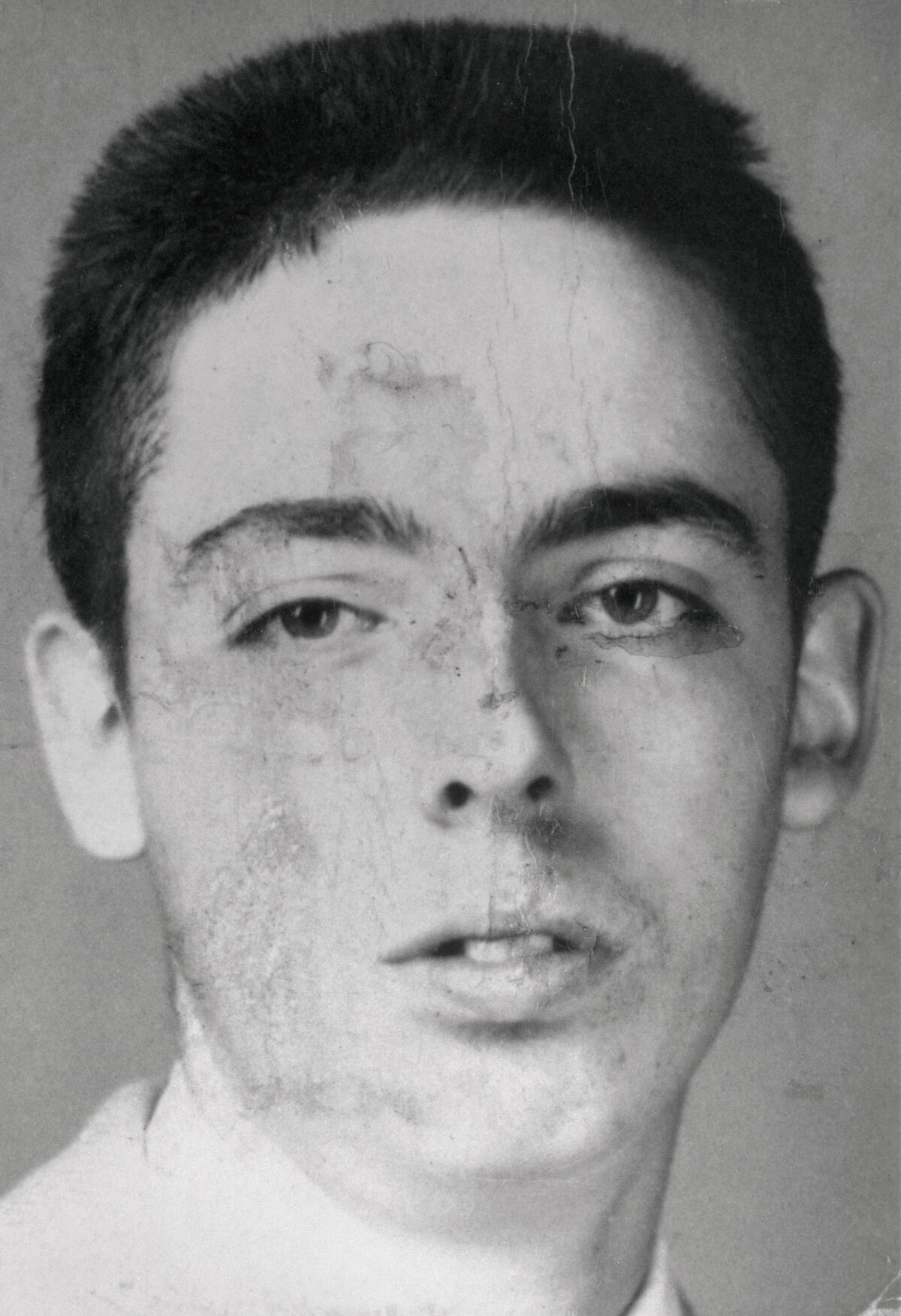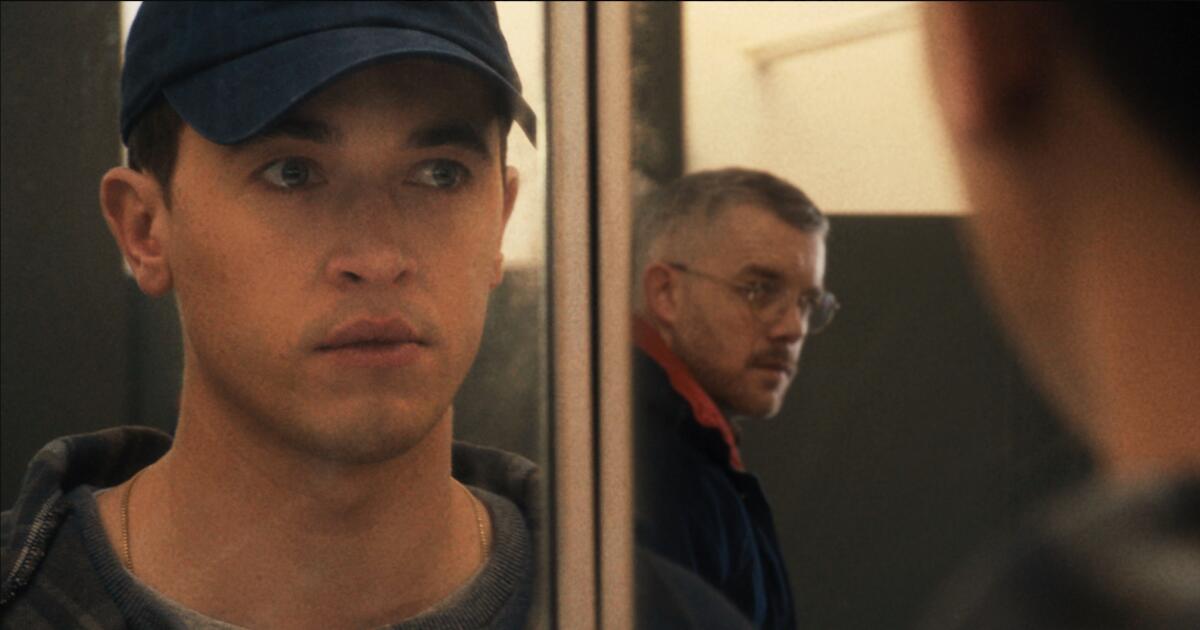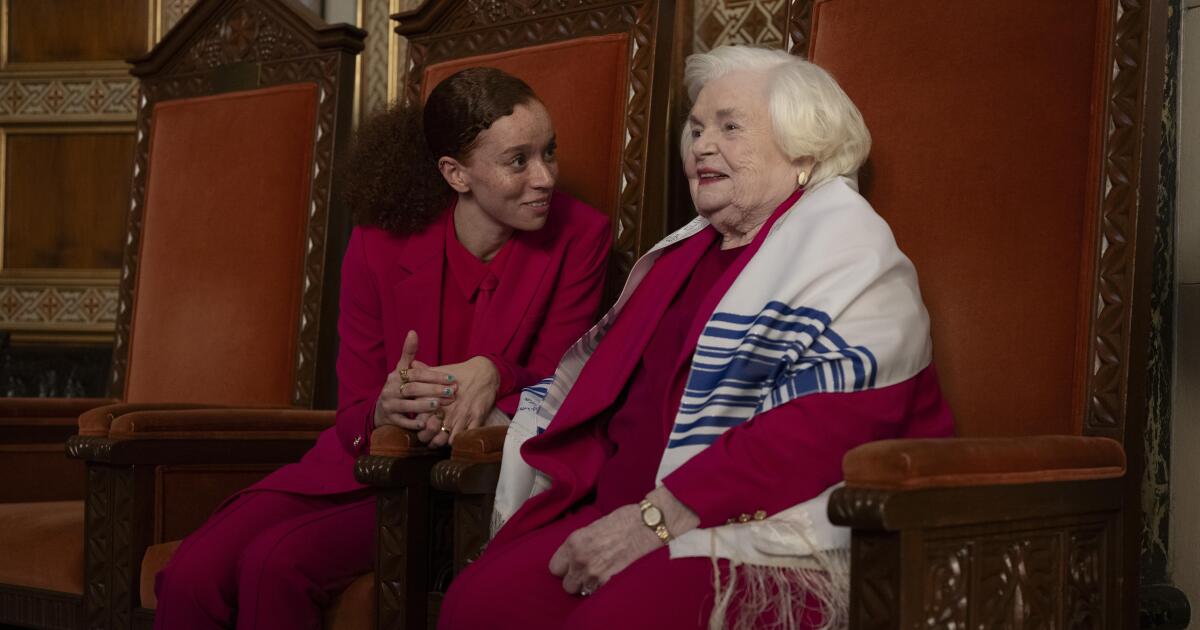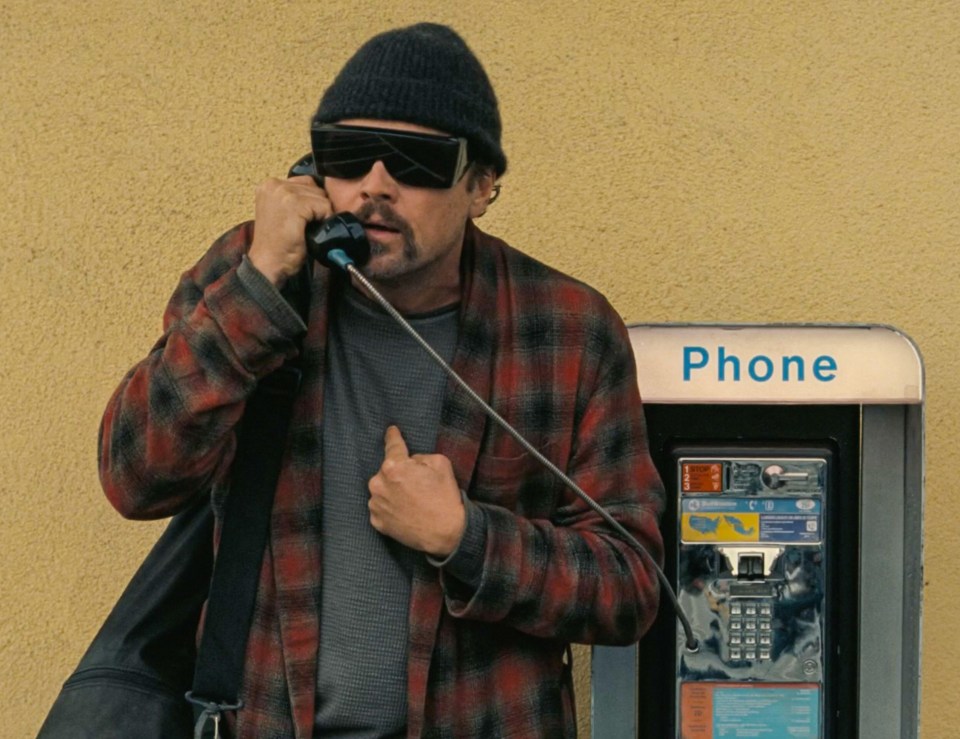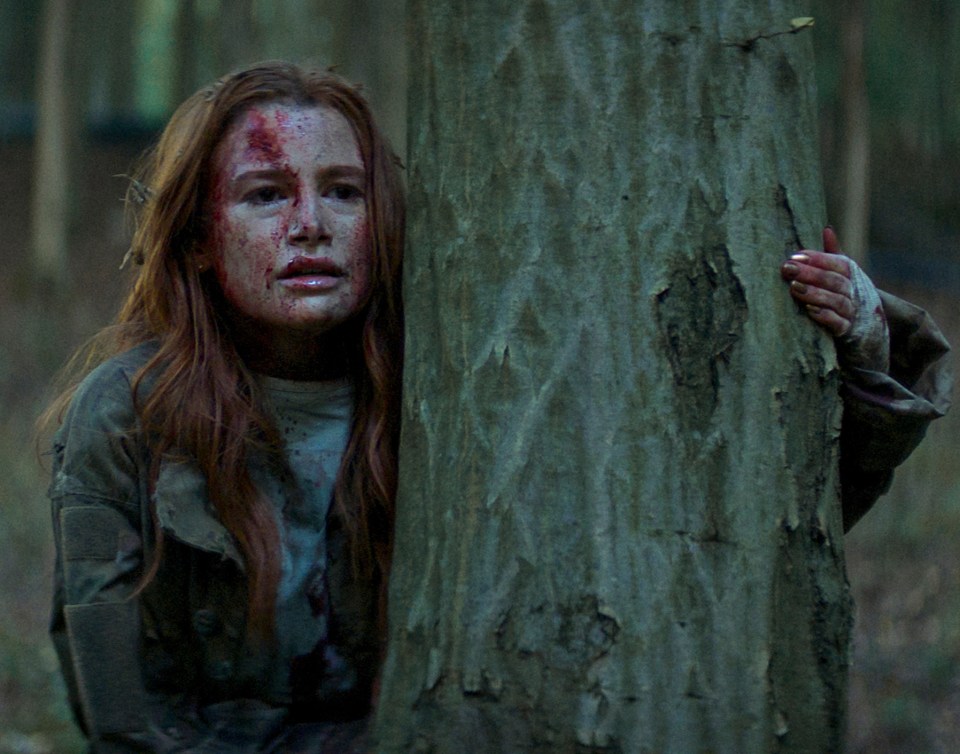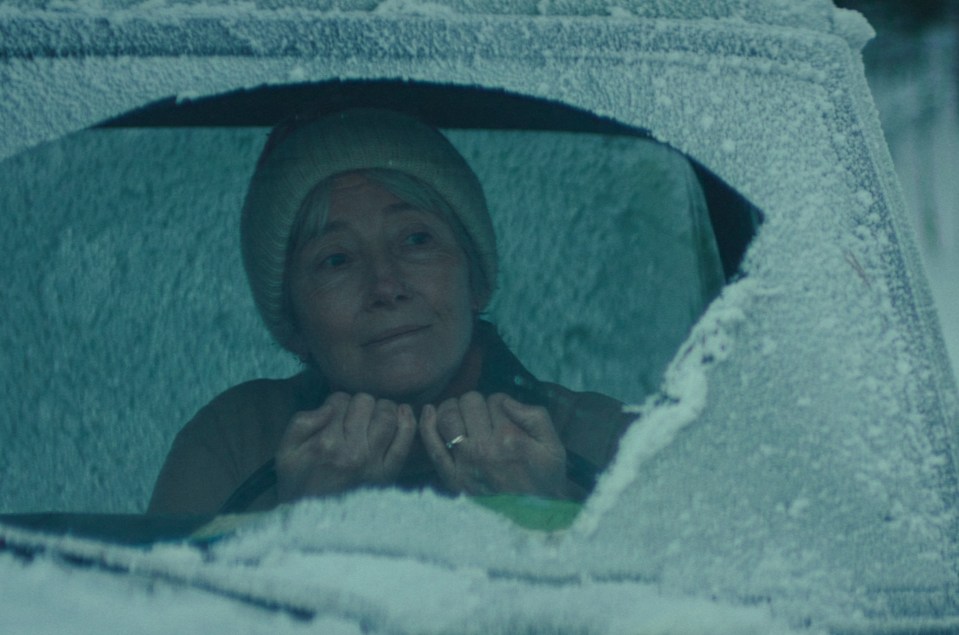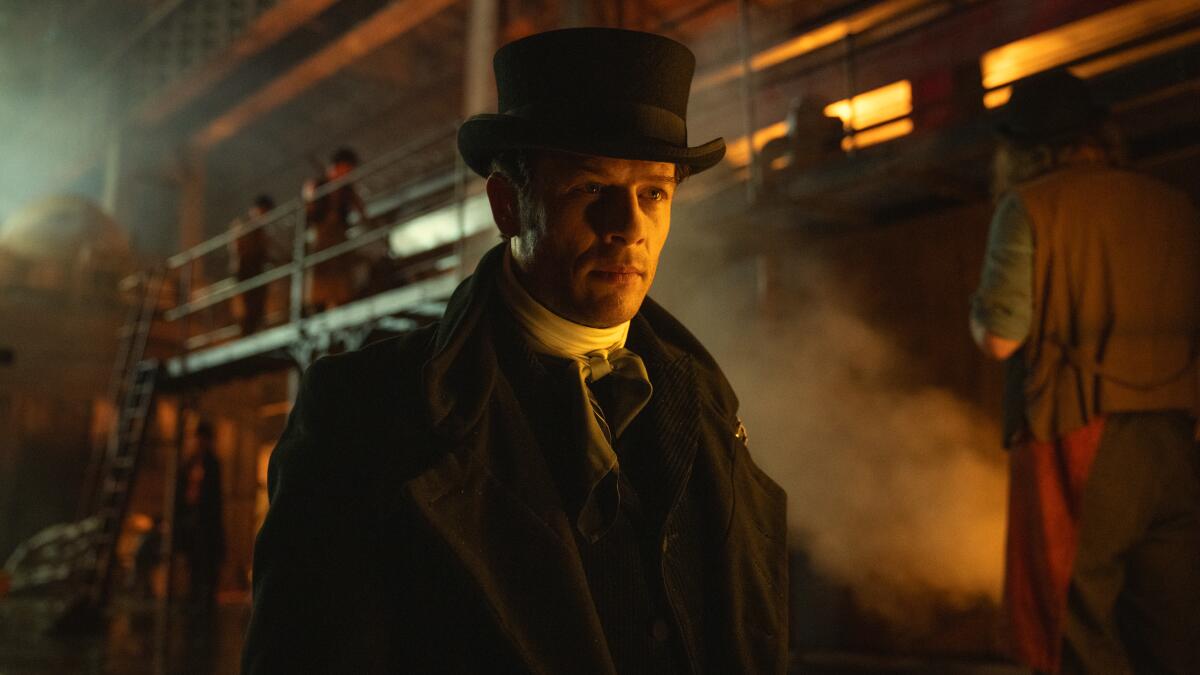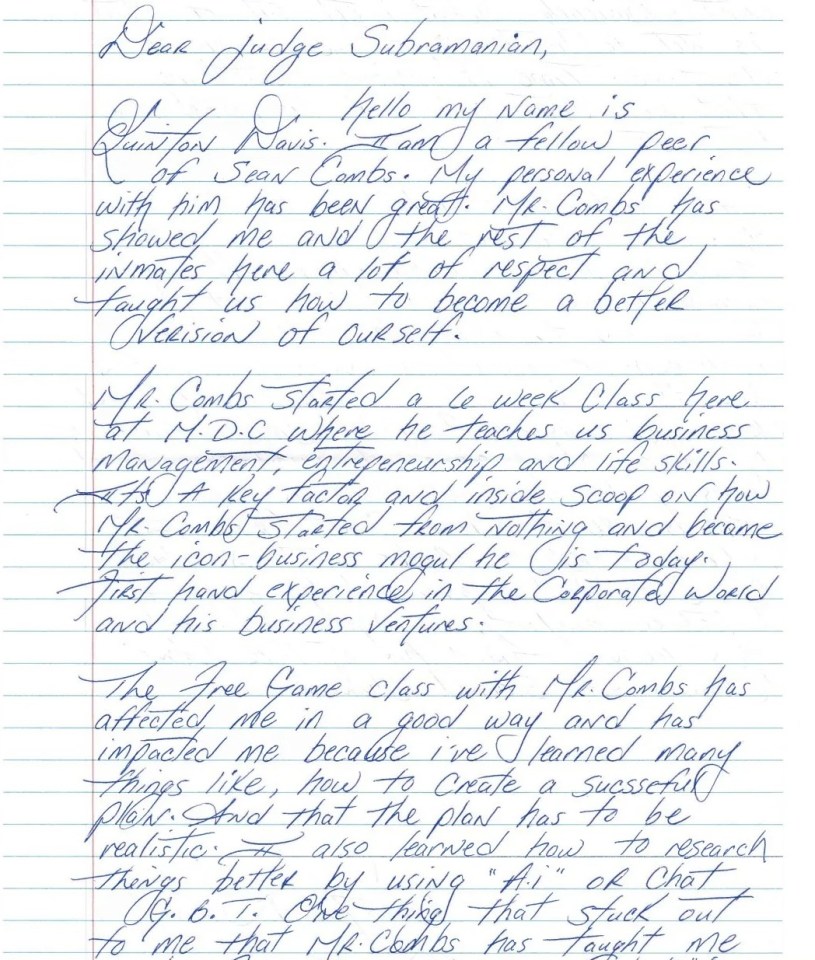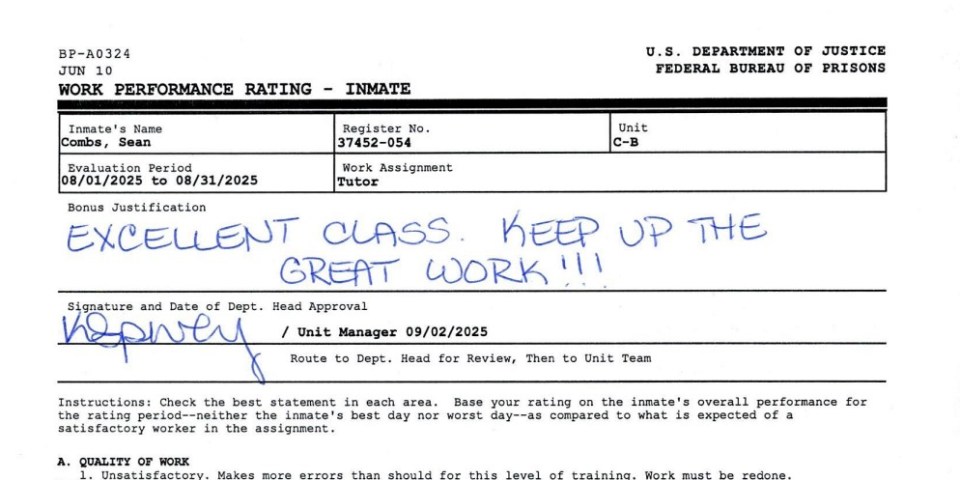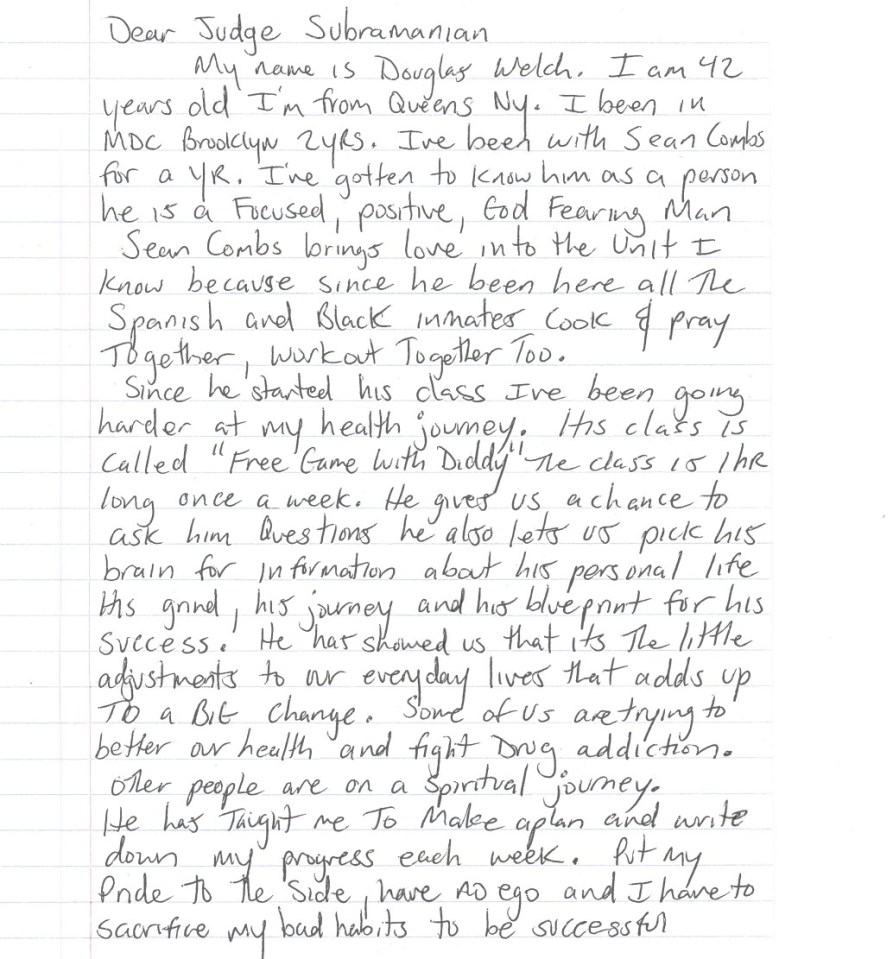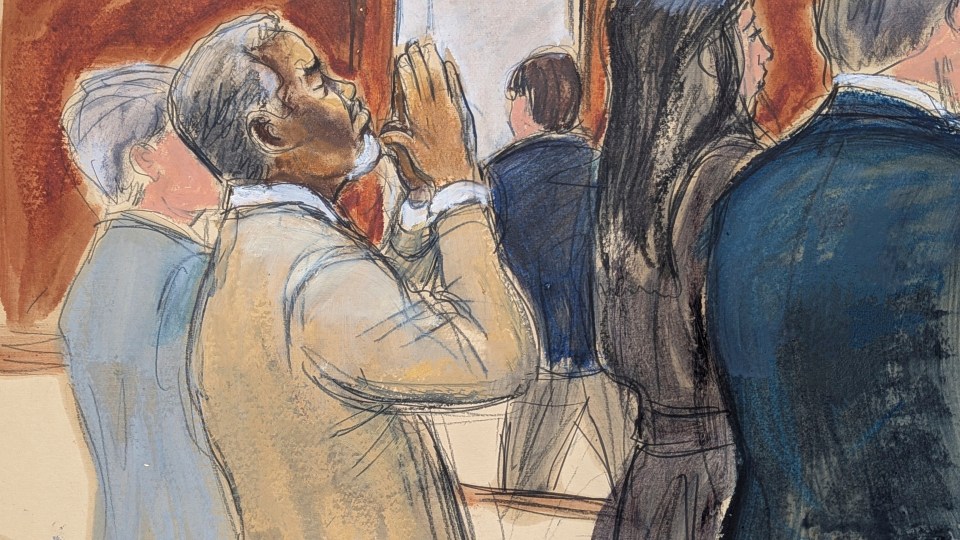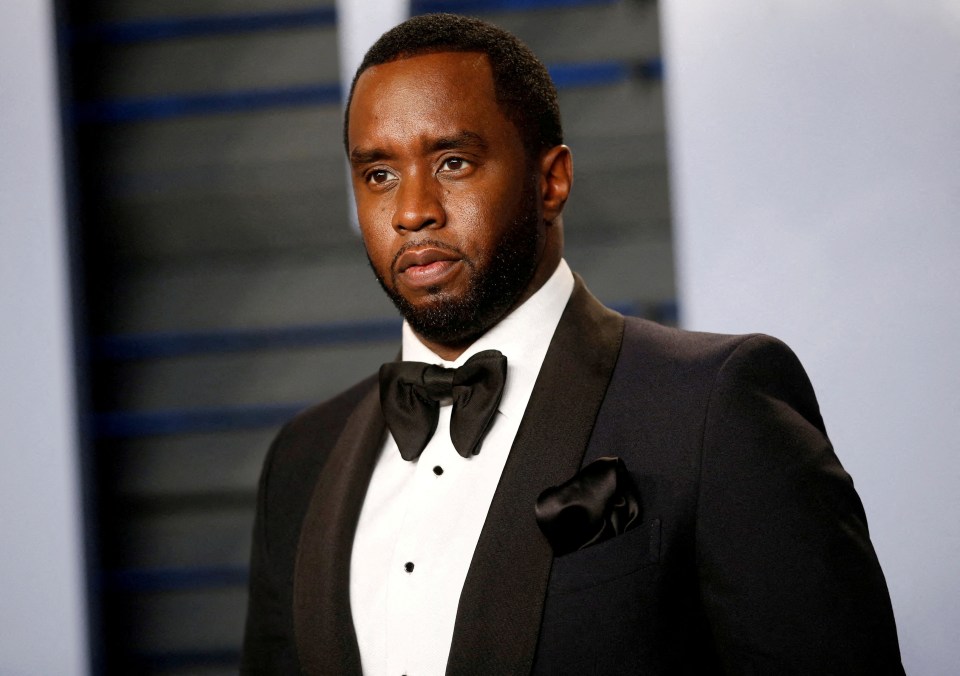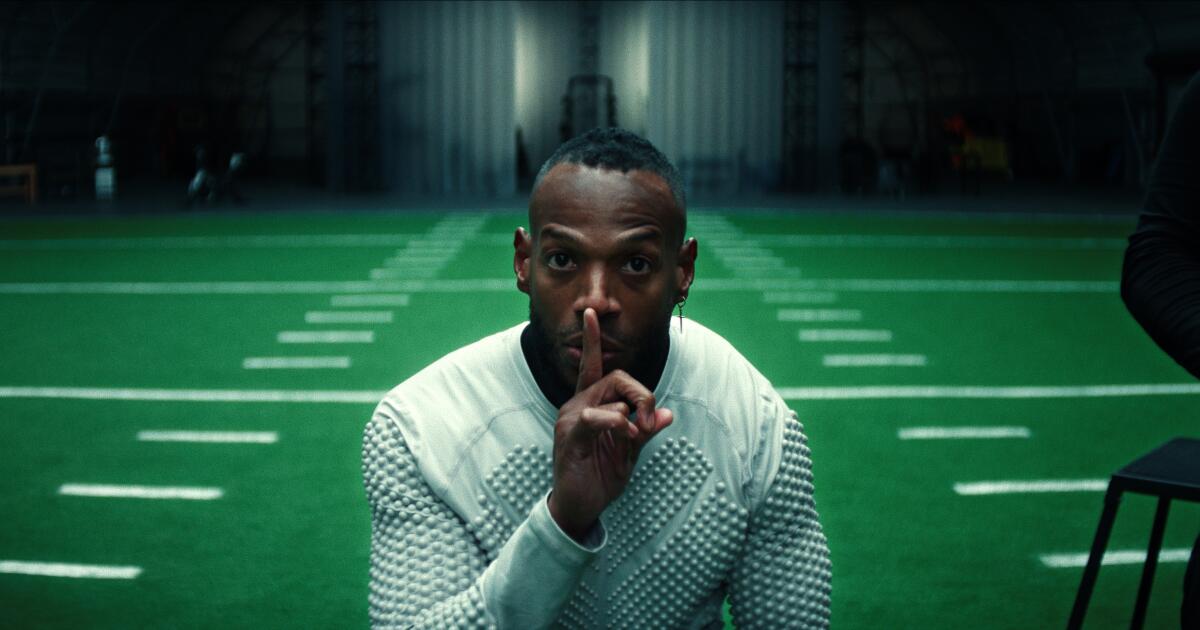‘Gone Before Goodbye’ review: Reese Witherspoon’s debut novel
Over the last decade or so, publishers of American genre fiction have borrowed a page from Hollywood’s playbook by essentially packaging novels like films, grafting together collaborators from two different A-lists: those that feature bestselling novelists and major celebrities. Large commercial rewards have been reaped from these crossbred literary partnerships. Bill and Hillary Clinton, to name just two examples, have both enjoyed bestsellers with big-time writing partners James Patterson and Louise Penny, respectively.
Now we have Reese Witherspoon, already a major force in American publishing, teaming up with Harlan Coben, one of the world’s biggest selling thriller writers, to create “Gone Before Goodbye,” a book that taps into our fascination with the follies of the impossibly rich at the same time that it ponders real questions about the ethics of social engineering via medical advances in organ regeneration.
Now, it must be said that book critics are cynical snobs by nature, and something like “Gone Before Goodbye,” which at first blush seems to have been a project drummed up in a talent agency conference room, is prone to be received with a derisory scoff and a stiff-armed shove from those who are just waiting to sink their teeth into the new Thomas Pynchon novel. But this is Harlan Coben and Reese Witherspoon we’re talking about here, two formidable talents whose track record for delivering smart entertainment is unimpeachable. “Gone Before Goodbye” is not some magpie creature patched together from shopworn thriller tropes, even if certain plot elements feel a bit much. Instead, what the two authors have delivered is a story that pulls the reader deep into a rarefied world where ethics are mere technicalities and the needs of the rich take precedence over petty trivialities like, say, morality.

The book’s protagonist, Maggie McCabe, a brilliant Army combat surgeon who, along with her husband, Marc, and their friend Trace, teamed up after college to create WorldCures Alliance, “one of the world’s most dynamic charities, specializing in providing medical services for the most impoverished,” working as field surgeons risking their lives on the front lines in Afghanistan and the Middle East. The trio once had big plans centered on the prototype of an artificial heart they designed, THUMPR7, which they were convinced would change the world by extending the lives of millions, rich, poor or otherwise.
When the book begins, these plans have been torn asunder: Marc, as it transpires, has been killed in a rebel attack on a refugee camp in Libya. Trace has gone missing along with the artificial heart prototype. And Maggie has lost her medical license due to a hiccup of bad judgment on her part. At loose ends and broke, Maggie, and the reader, are then swept into a strange adventure when a successful cosmetic surgeon named Evan Barlow approaches her with an offer to wipe out her family’s debts in exchange for Maggie committing to perform surgery for a client in Russia who is willing to pay her millions.
Off Maggie goes into the dirty world of the Russian oligarchy, in a city called Rublevka, “perhaps the wealthiest residential area in the world,” where a shady creep named Oleg Ragoravich, one of the 10 wealthiest and most reclusive Russian billionaires, has a job for her. It’s well below Maggie’s pay grade: Oleg wants augmentation mammoplasty for his mistress Nadia. Ragoravich is predictably oleaginous, a man with a file cabinet full of hidden agendas, but he is charmingly persuasive, and the money has already been wired into Maggie’s account. She is in before she even has a chance to back out.
Naturally, there is a great deal more involved than a simple boob job. Without giving too much away, Witherspoon and Coben in this novel have tapped into the wealthy’s obsession with using technology to foster super-agers. As the stakes get higher, the plot ripples out into larger and larger concentric circles that envelop Maggie’s life and everyone in it. But there is so much to take in while this happens, so much voyeuristic pleasure to be had as Maggie acclimates into an almost impossibly lush and lavish world that toggles between Russia and Dubai, the de facto playground for raffish oligarchs intent on bad behavior.
Witherspoon and Coben revel in the details. The plane that spirits Maggie from New York to Russia is a “full-size 180-seat Airbus A320 renovated for private use,” kitted out with a 65-inch contoured TV, a gourmet kitchen and a marble ensuite bathroom with an “oversize rain showerhead.” Ragoravich’s dacha is a “garish and almost grotesque” palace clad in marble that makes Maggie think of Versailles, but in a way that makes Versailles seem dumpy. Everything within is “not so much an attempt to classily suggest opulence and power as to batter you with it.” This is the kind of thriller that invites you into a gilded empyrean that compels you and repels you in equal measure.
The book’s plot mechanics hum along with great pace and verve, even if a few of its particulars are too far-fetched to swallow. With “Gone Before Goodbye,” the two authors deliver a fun ride into a shadow land where the rich are convinced that money can insulate them from everything, including their own mortality — even if they have to murder a few people to get there.
Weingarten is the author of “Thirsty: William Mulholland, California Water, and the Real Chinatown.”
